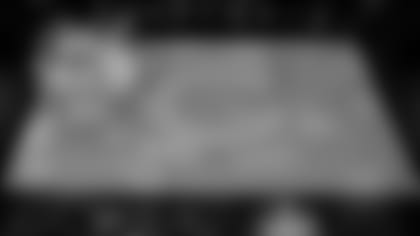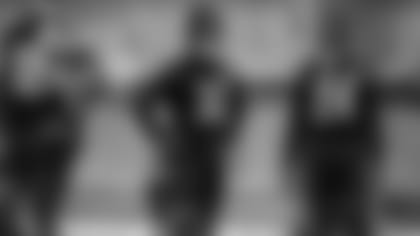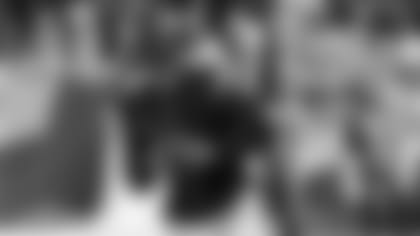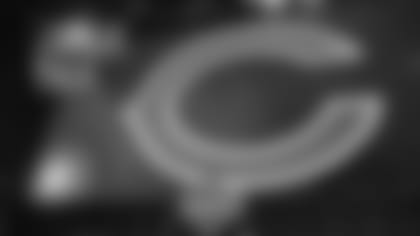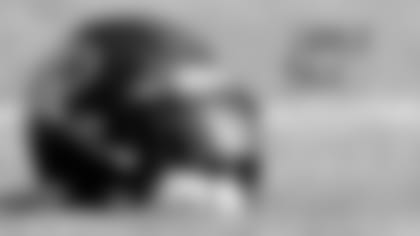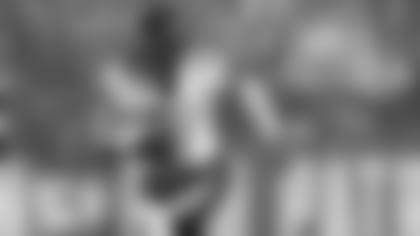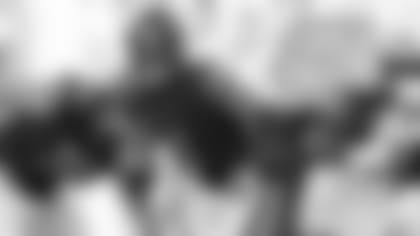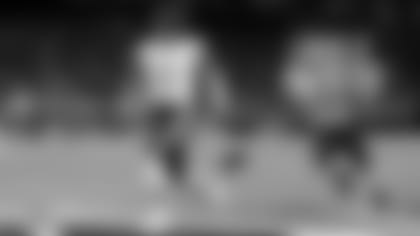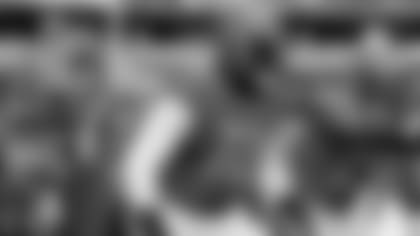Wondering about a player, a past game or another issue involving the Bears? Senior writer Larry Mayer answers a variety of email questions from fans on ChicagoBears.com.
Why is it that the Bears defense doesn't blitz that much? Against the 49ers and Seahawks the quarterback had all day to sit in the pocket and pick the defense apart.
Chris M.
Union City, New Jersey
The Bears defense is predicated on the front four generating consistent pressure on the quarterback, which is why you generally don't see a lot of blitzes. That allows the other seven defenders to drop into coverage and keep their eyes on the ball, which plays a major role in all the takeaways the defense has created. The system has worked; the Bears have generated 300 takeaways since Lovie Smith became coach in 2004, the most in the NFL. The problems start when the line is unable to get much of a pass rush, which was certainly the case against the 49ers and Seahawks. To me, though, the biggest problem versus Seattle was allowing rookie quarterback Russell Wilson out of the pocket. That's where he did most of his damage both running and throwing the ball on the move. The defense has to do a better job of keeping an athletic quarterback like that off the edges.
Did the Bears go into a "run out the clock" offense too early? It seemed to me that on the possession just before the Seahawks took the ball 97 yards for a touchdown, the Bears were looking for time management with all run plays rather than a score with only a four-point lead.
Matt
Hawaii
I don't think the Bears were too conservative in the fourth quarter of Sunday's game against the Seahawks. The offense is supposed to take some time off the clock by keeping the ball on the ground and picking up some first downs. It's not like the Bears weren't trying to extend their lead. Taking over at their own 23 with 8:49 remaining in the fourth quarter, they called five straight running plays and picked up two first downs, advancing to the Seattle 43. But then left tackle J'Marcus Webb drew a false start penalty and Jay Cutler fumbled while retreating to pass. He recovered the ball but lost seven yards, setting up third-and-21. Matt Forte then gained seven yards on a draw play. That may be the call you're questioning, but I had no problem at all with it. The risk of a turnover is too great on third-and-21 in that situation. You want to punt it deep and let your defense win the game. The problem wasn't the play-calling on offense but allowing the Seahawks march 97 yards for the go-ahead touchdown.
I'm a little confused about the way Sunday's game ended. Remember a few years ago when a Calvin Johnson touchdown was ruled incomplete after the officials ruled that he didn't maintain control of the ball to the end of the play. How was Sidney Rice's touchdown any different?
John
Marquette Heights, Illinois
The difference between the two is that Sidney Rice caught Russell Wilson's pass at about the two-yard line and took a couple steps with the ball in his possession before Major Wright knocked it out of his hands after Rice had broken the plane of the goal line. I wasn't happy about it, but I thought the officials made the correct call.



